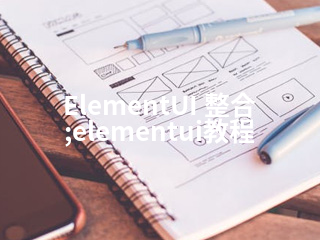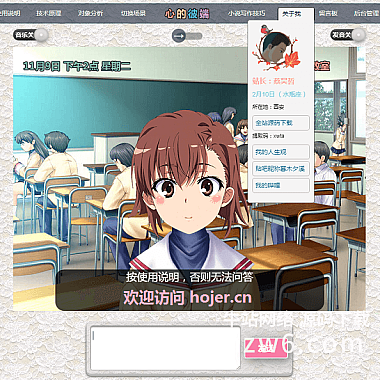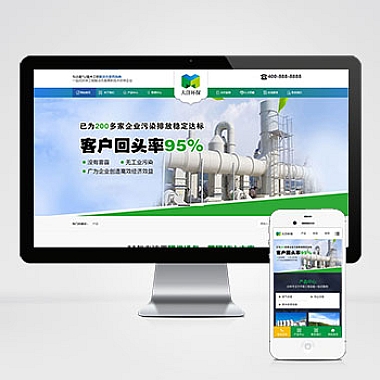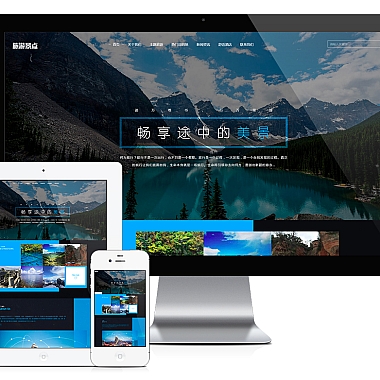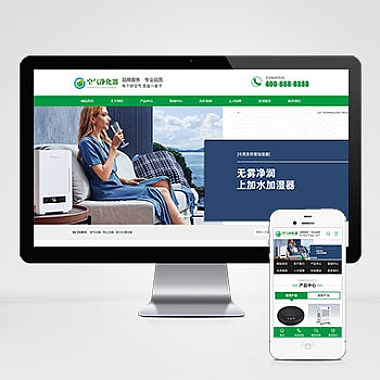ElementUI 整合;elementui教程
在现代前端开发中,ElementUI 是一个非常受欢迎的 Vue.js 组件库。为了将它整合到项目中,最直接的解决方案是通过 npm 安装,并在 Vue 项目中进行全局引入或者按需引入。
1. 全局引入
这是最简单的方式,适用于需要使用大量 Element 组件的情况。在项目的根目录下打开命令行,执行以下命令:
bash
npm install element-ui --save
然后在 main.js 中添加如下代码:
javascript
import Vue from 'vue'
import ElementUI from 'element-ui';
import 'element-ui/lib/theme-chalk/index.css';
import App from './App.vue'</p>
<p>Vue.use(ElementUI);</p>
<p>new Vue({
render: h => h(App),
}).$mount('#app')
这样,ElementUI 的所有组件就可以在整个项目中使用了。例如,使用 Button 组件:
html
<template>
<el-button type="primary">主要按钮</el-button>
</template>
2. 按需引入
如果只需要用到部分组件,推荐按需引入以减小打包体积。这需要借助 babel-plugin-component 插件。安装依赖:
bash
npm install babel-plugin-component -D
在 .babelrc 或 babel.config.js 文件中添加配置:
json
{
"plugins": [
[
"component",
{
"libraryName": "element-ui",
"styleLibraryName": "theme-chalk"
}
]
]
}
接下来可以在 main.js 中单独引入所需组件:
javascript
import Vue from 'vue'
import { Button, Select } from 'element-ui';
import 'element-ui/lib/theme-chalk/index.css';</p>
<p>Vue.component(Button.name, Button);
Vue.component(Select.name, Select);</p>
<p>// 或者
Vue.use(Button)
Vue.use(Select)</p>
<p>new Vue({
el: '#app',
render: h => h(App)
})
只有被明确引入的组件会被包含在最终的构建文件中。
3. 使用 CDN 引入(适合学习和测试)
对于简单的学习或测试场景,可以直接在 HTML 文件中通过 CDN 引入:
html
</p>
<!-- 引入样式 -->
<div id="app"></div>
<!-- 引入 Vue 和 Element -->
new Vue({
el: '#app'
})
<p>以上三种方式都可以很好地将 ElementUI 整合进项目中,开发者可以根据实际需求选择最合适的方法。无论是哪种引入方式,ElementUI 都提供了丰富的 API 文档和示例代码,方便我们快速上手并创建美观、易用的用户界面。
(本文地址:https://www.nzw6.com/33075.html)
